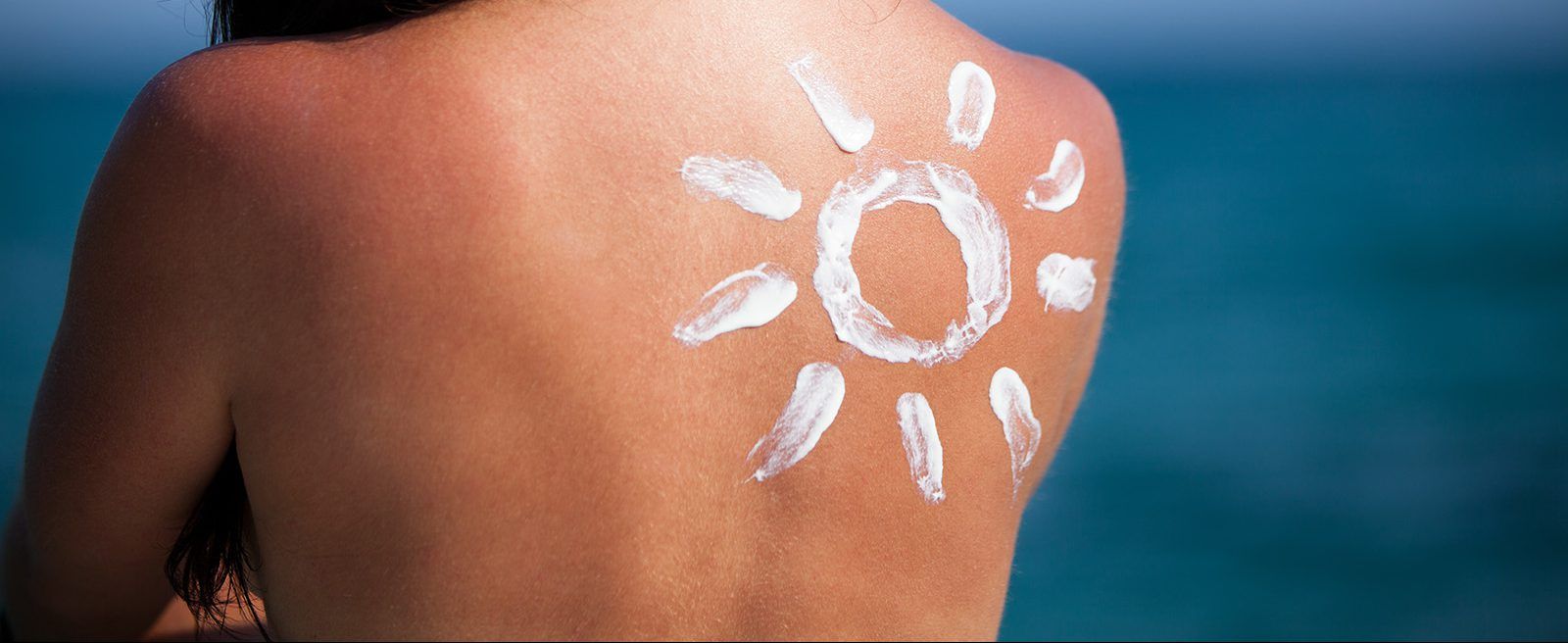Melanoma
Also called “malignant melanoma,” this skin cancer which originates from the pigment cells in the skin is easily treated when it is caught early but can be deadly when diagnosis and treatment has been delayed. If you have many moles or a family history of melanoma, these cancers can be caught early by regular skin checks by your dermatologist, as well as monthly self-examinations at home
A great way to do a basic at home skin check is to use the ABCDE criteria. The following criteria is found on skincancer.org.
Asymmetry | one half is unlike the other
Border | irregular, scalloped or poorly defined border
Color | varied from one area to another; shades of tan and brown, black; sometime white, red or blue
Diameter | while melanomas are usually greater than 6mm (the size of a pencil eraser) when diagnosed, they can be smaller
Evolving | a mole or skin lesion that look different from the rest or is changing in size, shape or color
We are experts in the management of melanoma, including surgical removal and wound reconstruction. Most melanomas can be removed via a surgical excision.
